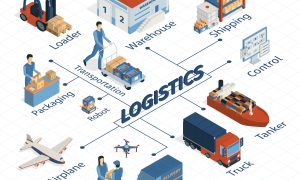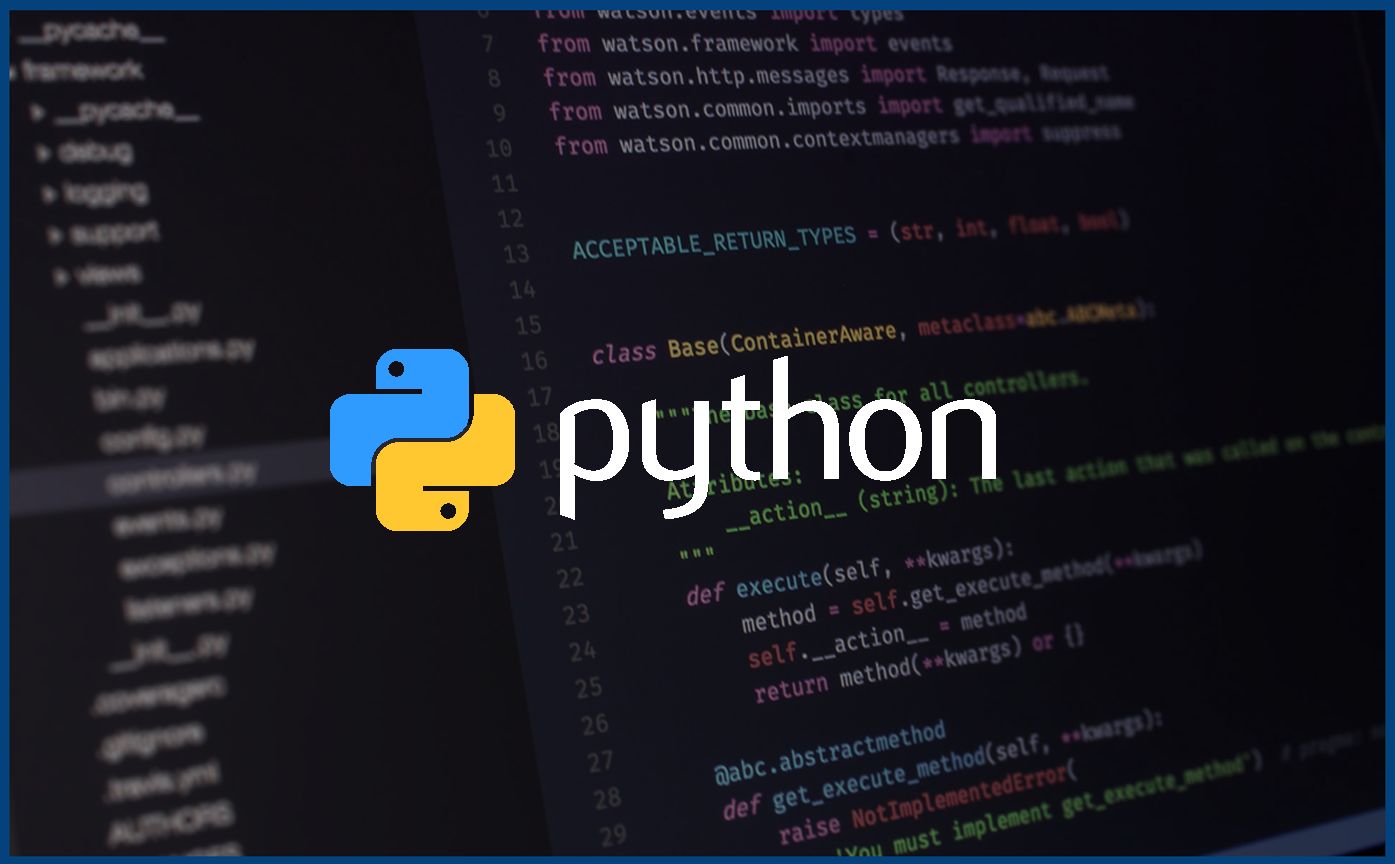Capital and revenue costs can have a significant impact on shareholder value. Revenue expenses are typically associated with running costs, such as wages and merchandise costs, whereas capital expenditure is typically associated with tangible assets, such as land, structures, and machinery. All stockholders must understand how capital income spending affects the company’s total worth.
Capital and Revenue Expenses
Capital expenses, as opposed to income costs, involve the purchase of long-term assets such as workplace structures, plants, and equipment. Income costs, which are regular day-to-day outlays such as wages, housing, and utilities, are less stable and produce less value.
Investors value companies that can generate a higher return on capital than on sales costs, and as a result, investors looking to increase the stockholder value of their portfolio prefer these assets.
ROI measures the effectiveness of money spent by calculating how much revenue is generated for every dollar invested in projects or assets. The higher this number is when compared to comparable companies, the more likely it is to boost investor confidence and the stock price.
Changes to the capital structure can include increasing or decreasing the amount of debt or equity held by the company, or a combination of the two. A well-planned capital structure can help a company maximize earnings while meeting long-term goals. By reducing debt and increasing equity, a company’s risk profile can be reduced while its share price rises. This increased share price will increase shareholder wealth.
Cash flow should also be improved by lowering operating expenses due to lower maintenance costs as a result of investing in quality machinery or assets that last longer. Finally, depreciation benefits can result in tax savings, while modern resources may provide more capability, allowing business owners to expand operations at a lower cost. These factors contribute to determining the impact of capital expenditures on stockholder value creation.
Impact of revenue expenses on shareholder value
Revenue expenses are the costs incurred in the production of revenue for a company. Fixed and variable costs, labor, materials, utilities, and marketing expenses, such as advertising, are all included. While these expenses can affect profitability, they are frequently overlooked when evaluating a company’s overall financial performance.
Revenue expenses are directly proportional to sales and thus have an indirect impact on shareholder value. As revenues rise due to increased sales, shareholders will benefit from increased dividends or a higher share price. Revenue expenses should typically account for a small portion of total sales. If they account for a disproportionate share of total sales, profits may suffer and shareholder value may decline.
A higher stock price is usually associated with increased revenue and lower expenses. When a company can increase its revenue while decreasing its expenses, its stock price rises. This increase in stock price has the potential to increase shareholder value. Companies must focus on managing their revenue and expenses in order to maximize profits and, ultimately, increase the value of their stock in order to maximize shareholder value.
When a company can invest its revenues, it can do so by purchasing assets, making strategic acquisitions, or investing in research and development. This type of investment can raise the value of those assets, resulting in an increase in overall shareholder value. Increased investment opportunities enable businesses to diversify their portfolios and increase returns, increasing shareholder value.
Organizations that consistently generate revenue and manage expenses with fiscal responsibility will improve the confidence of the shareholders. The increased confidence that shareholders have in the company’s performance will cause a higher level of trust in the management team and will likely lead to higher investment in the company. This can lead to greater returns for shareholders. When a company can minimize expenses, this can also help to increase shareholder confidence.
Overall, firms must know the potential effects of their capital and revenue expenses on shareholder value. Investing in capital assets requires significant financial resources, but if done correctly, can increase the firm’s long-term growth opportunities; similarly, cost management can improve profitability and influence shareholder gains if done carefully. Companies should, therefore, be mindful of how they use both expenses, as they can drive shareholder value in different ways over time.
































































